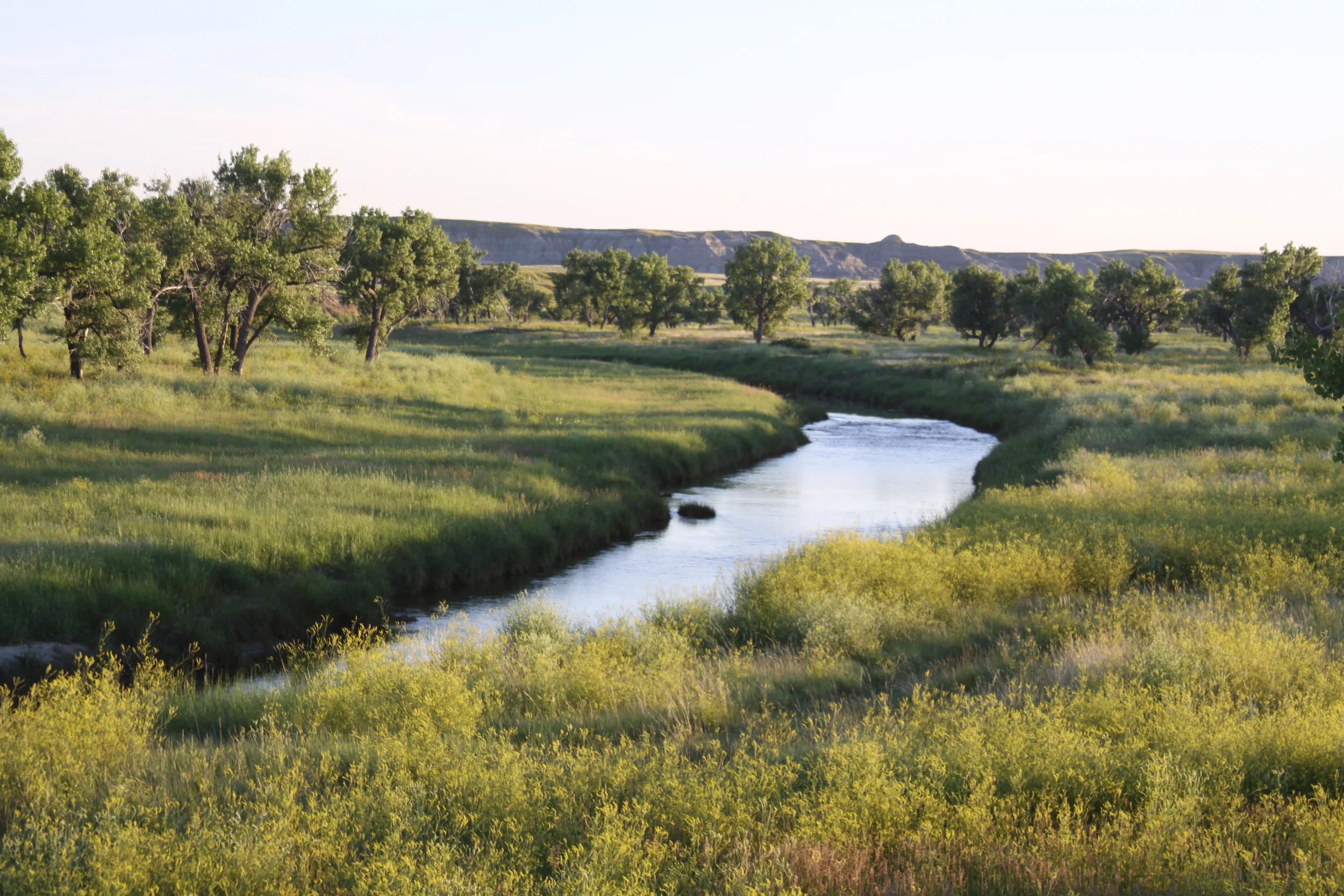









The Grand River runs threw the Schmidt ranch almost 45 miles south east of Lemmon, South Dakota. 90 percent of the fossils in the museum come off the Schmidt ranch.

Stuart and Lisa Schmidt ranch 45 miles south east of Lemmon, South Dakota. Together they started A non-profit cultural and natural history institution founded in 1998 that would become the Grand River Museum.

GRM founders Stuart and his wife Lisa Schmidt are pictured here branding calves with the help of family and neighbors.

George Edward Lemmon (born 1857 - died 1945) was among the elite cattlemen at the turn of the 20th century. Lemmon is credited with starting the Western South Dakota Stockgrowers Association, helping the Chicago Milwaukee & St. Paul Railroad through South Dakota, and founding a town along that railroad named Lemmon, South Dakota. He was also a prolific writer that preserved a firsthand account of the history of the West.

Theodore Roosevelt established two ranches in the badlands of western North Dakota: one called the Maltese Cross seven miles south of the Northern Pacific Railroad (1883) and the other called the Elkhorn, 35 miles north of the village of Medora, North Dakota (1884). Roosevelt never owned a single acre in North Dakota. Like most other ranchers in the badlands, he was a squatter on lands that still belonged to the public domain or the NP Railroad.
In the photo above Roosevelt is featured in a life-size bronze casting by local sculptor John Lopez. Roosevelt and Ed Lemmon where said to have been acquaintances.